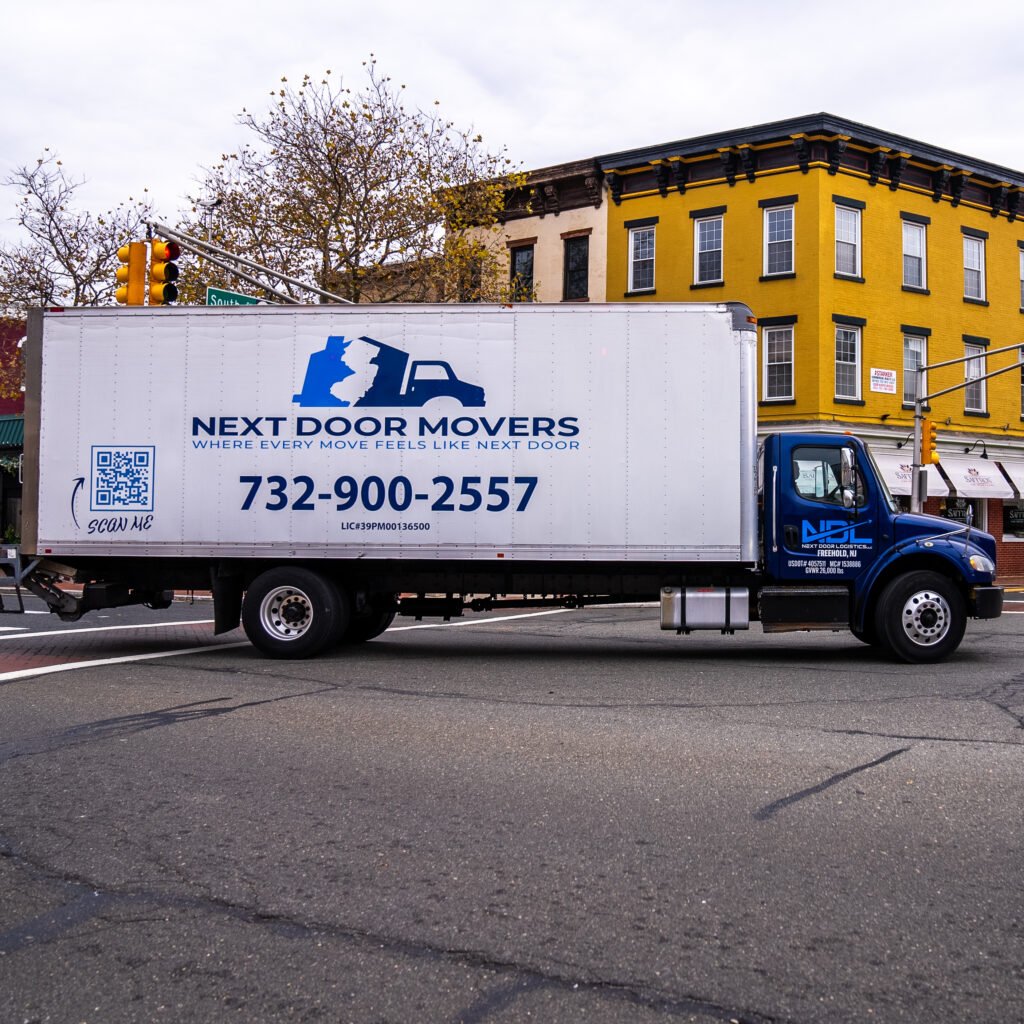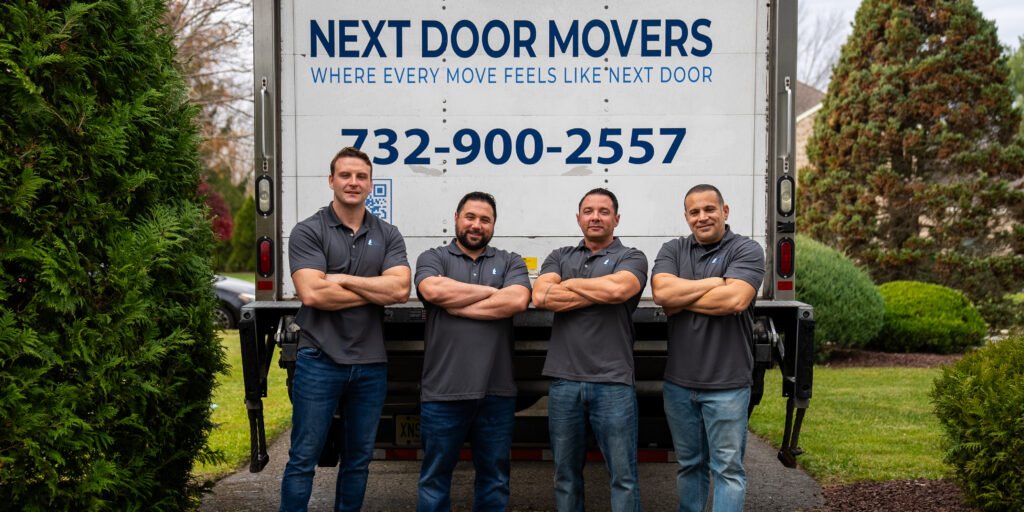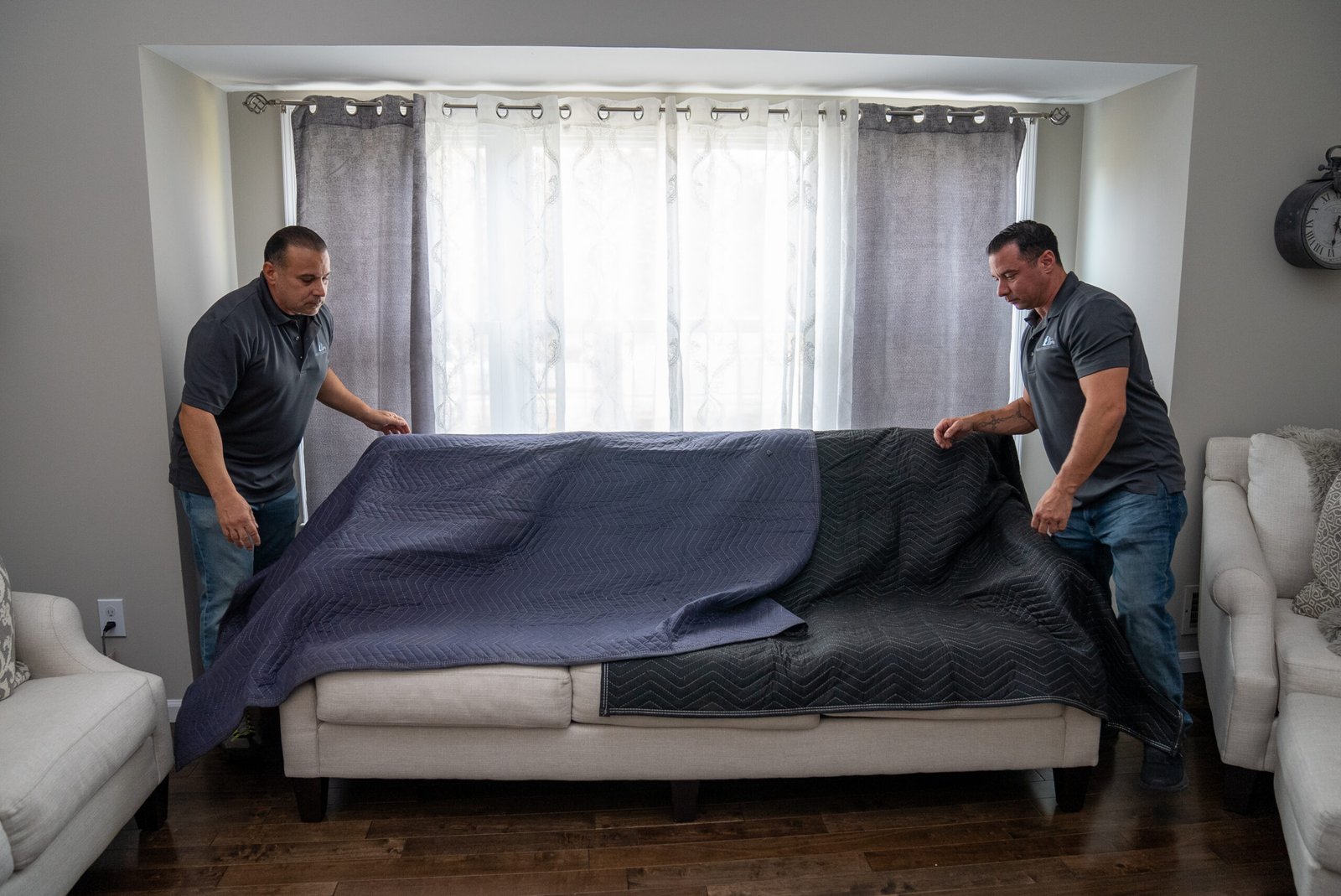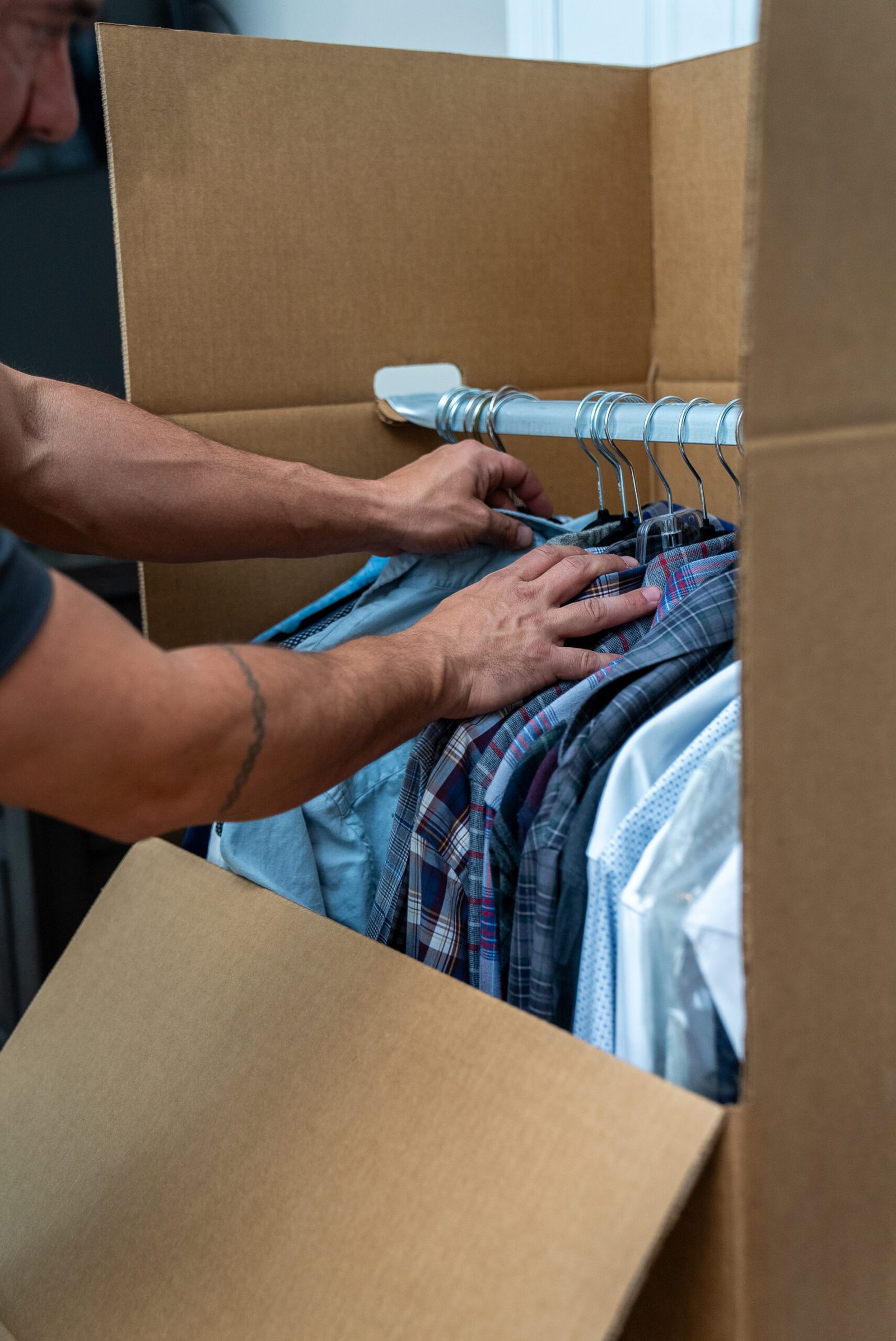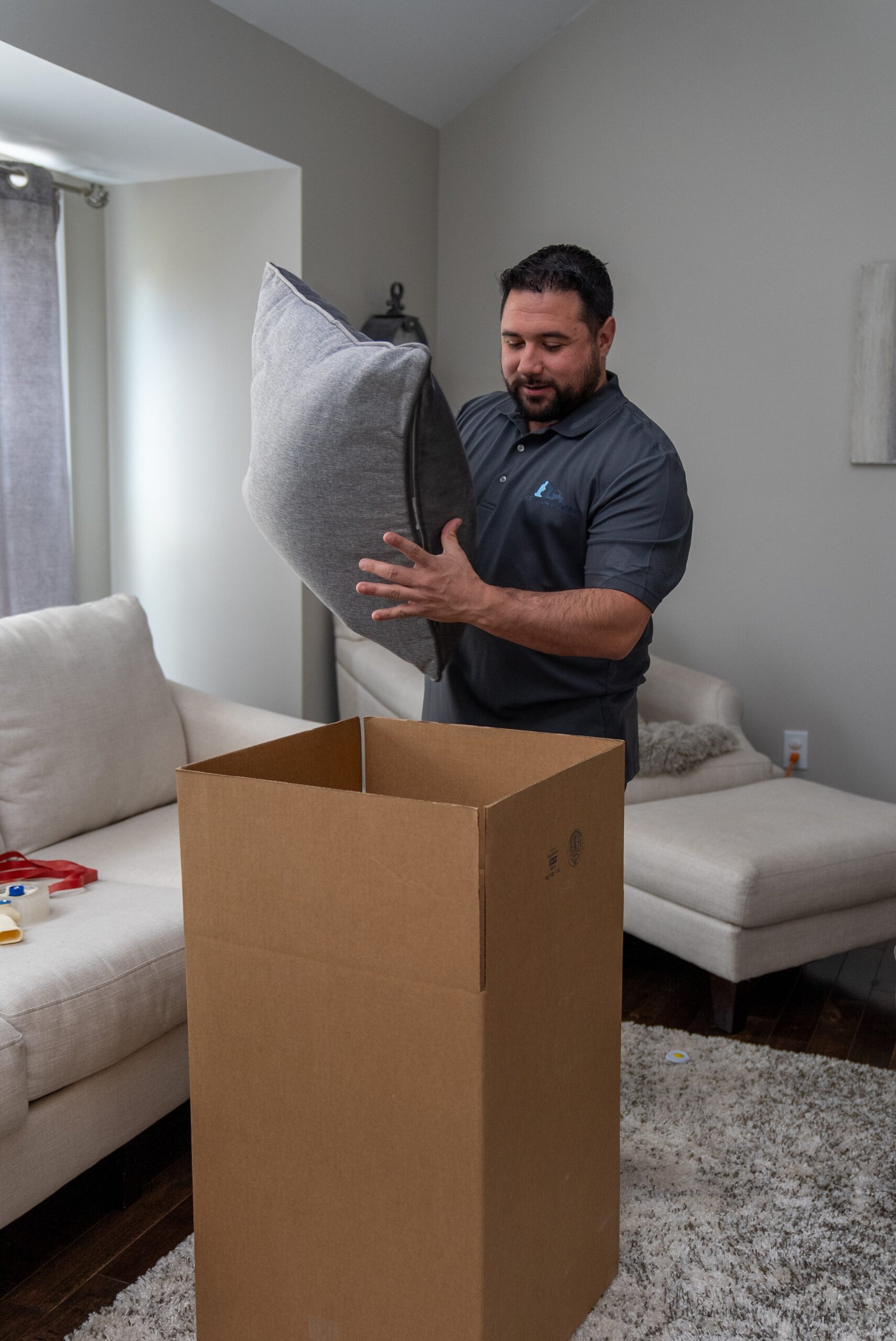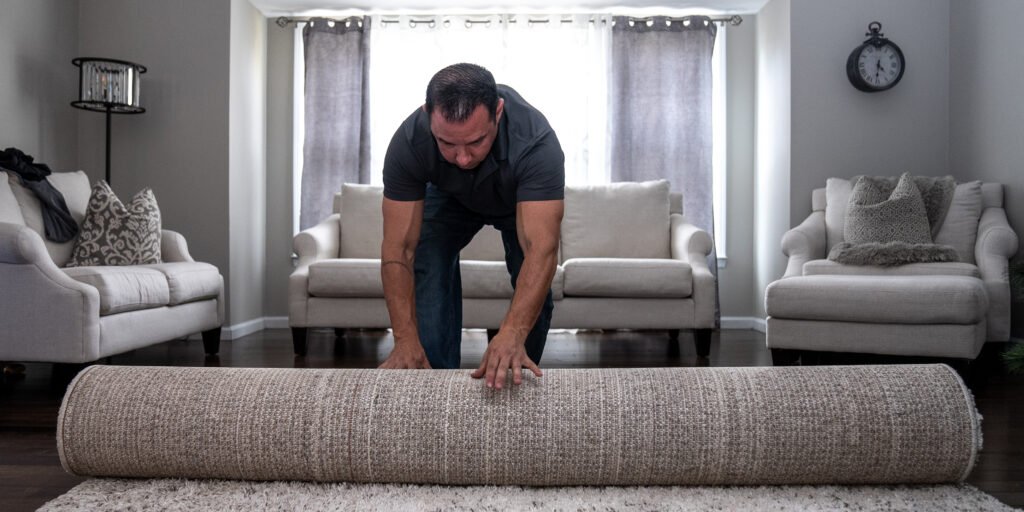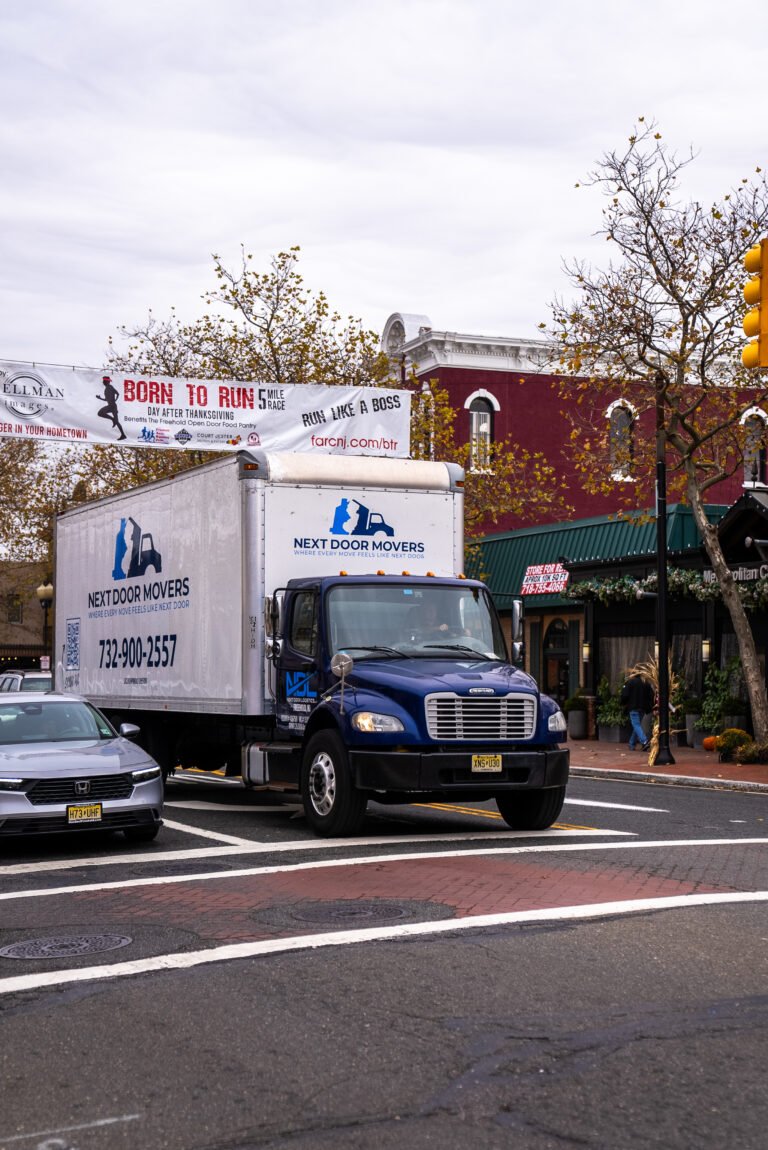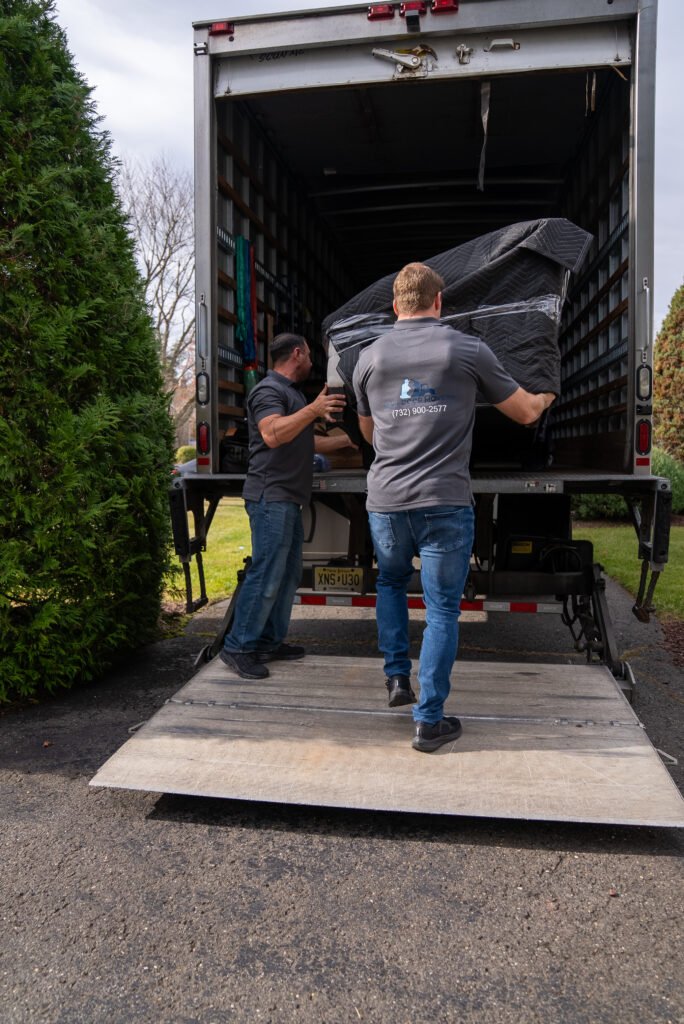Next Door Movers: The Best Moving Company in NJ
Next Door Movers are trusted by families throughout Monmouth County because we combine professional, trained moving crews with affordable, honest pricing. Our team handles your belongings with care and arrives fully prepared with clean trucks, moving blankets, tape, tools, and dollies.
Professional, uniformed moving crews
Local Monmouth County experts
Fully licensed & insured
Fast scheduling and on-time arrivals
Transparent pricing — no hidden fees
Residential, apartment, condo, senior moves
